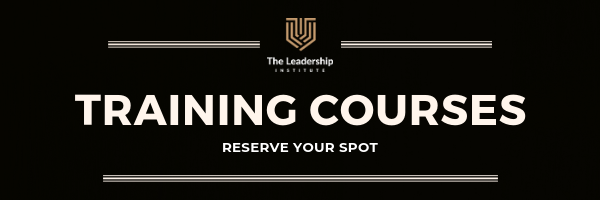With the Fourth Industrial Revolution upon us, the game for people managers is no longer about how to make teams perform with their current skills but how quickly can they pickup new ones and stay ahead of disruption.
Premium talent is now characterised by intellectual curiosity and the capacity for rapid learning. Your team’s current technical knowledge and competencies are now less important than their ability to quickly shift their thinking and switch on new skills and abilities.
Thankfully, it’s possible to make learning a part of work. In fact, Fortune 500 companies lke Google, American Express, and Bridgewater Associates imbed learning in their work culture. Their teams understand that learning is an important part of their job.
Here are 5 Steps to start a learning program in your team and get work done at the same time —
Step 1 – Identify the skills that you need to have in your team
What are the most important knowledge, skills, competencies and attributes to have in your team for your business to thrive in the future? To give you an example, Esme Borgelt, MD of Kellog’s identifies “salesmanship” as important skill for everyone at the iconic cereal giant to develop. For Esme, everyone at Kellog’s is in sales — “We are all focused on delivering the same outcome, which is generating more sales. I think that is what makes Kellogg’s such a special place.”
We recommend choosing only one skill per quarter per team member. Make it meaty and challenging — a WIG (Wildly Important Goal) for Learning! For example, here are some highly coveted, future proofing skills – data storytelling, public speaking, strategic thinking, innovation and design thinking.
Step 2 – Allocate time for focused learning
You need to schedule spare moments for your team to focus on learning. For example, some companies mandate that 20% of the workweek (Fridays) must be dedicated for training. Empower your team to organize their weekly learning activities and source their own course content. Just make sure to offer support and regularly check up on their progress.
Step 3 – Set progressive goals
Once you’ve identified the skills and the time allocation for learning, help your team break down their courses into small but meaningful weekly outcomes. Begin with the end goal in mind, for example, a keynote presentation on data storytelling techniques by the end of the quarter – then work backwards to plot learning wins every week. Make this a whole team effort by having members check up on each other’s progress thus having all of them be accountable for everyone’s learning success.
Step 4 – Set up a feedback mechanism
Engaging the whole team in the learning journey will help boost progress. Encourage them to share with each other what they are working on and exchange feedback. As the team manager, lead the moderation of this feedback exercise by giving notes for improvement and action points to accelerate the learning process.
Step 5 – Test for Retention
By having your team repeat back to you what they have learned, tests their ability to understand and retain information. Asking more reflective questions like “How significant is this course to the performance of your role?” or “What do you think are the implications of your newfound skills to the overall performance of the business?” helps confirm contextual understanding of the material.
According to the World Economic Forum, everyone will need an extra 101 Days of Learning a year to stay ahead of disruption. Ask us how we can help upskill your team and enable them to rise to future challenges with our exceptional lineup of training and events.
Related blogs on Learning:
Why All Leaders Need to Engage in Microlearning
Four Ways to Supercharge Your Professional Development



